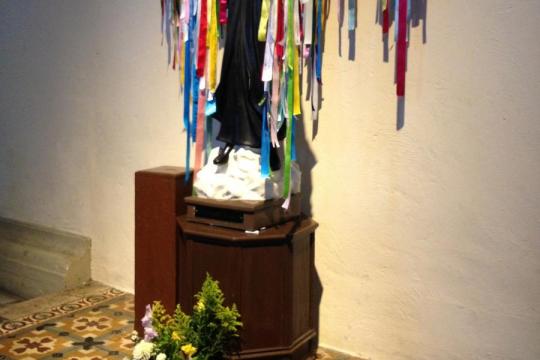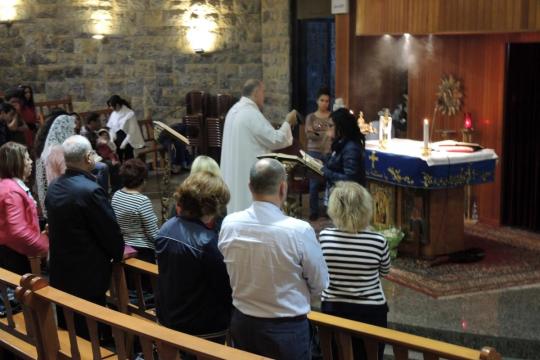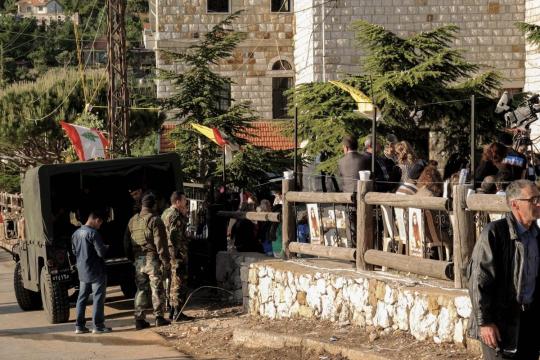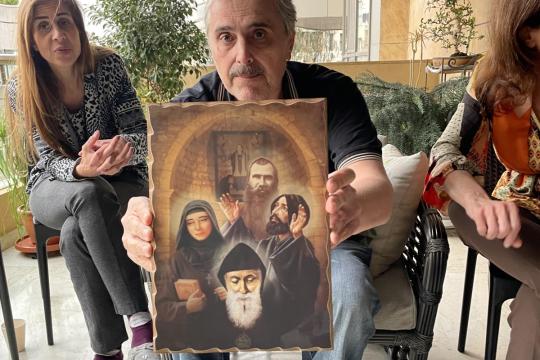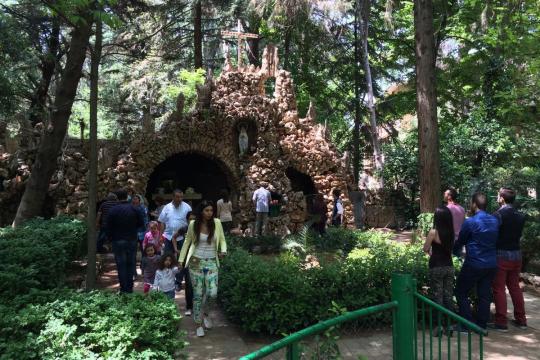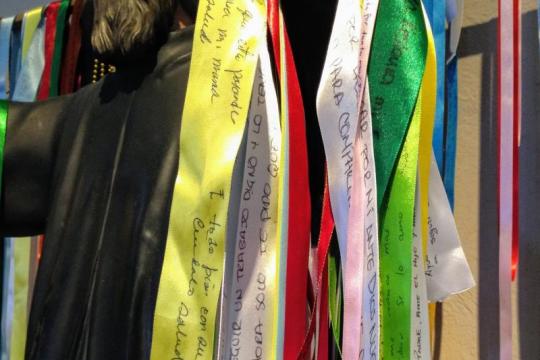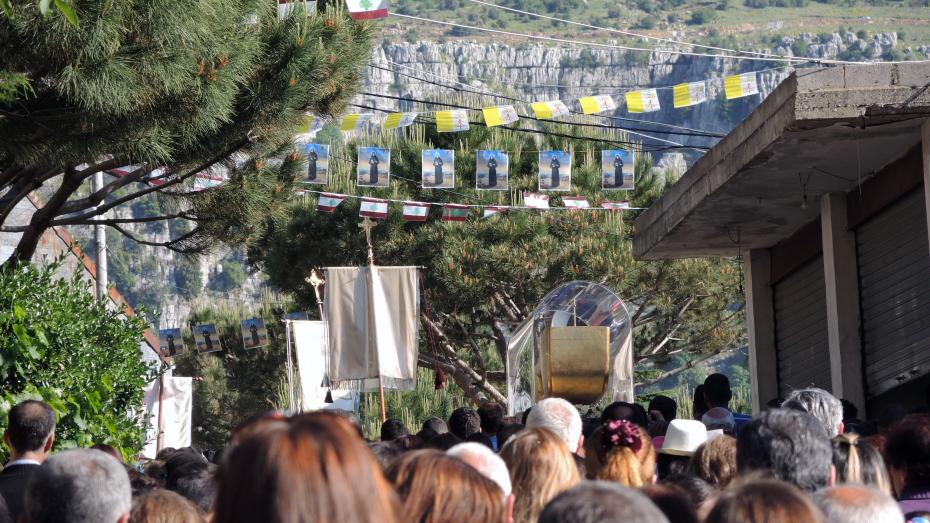
Historically centered in Lebanon and Syria, the Maronite church was formed by Syriac Christians who developed their own hierarchy and traditions from the mid-fourth century onwards. During the Islamic conquest, Maronites retreated to the mountains in Lebanon. Though cut off from communication with Rome for 500 years before the Crusades, and for long periods afterwards, Maronites regard themselves not as a church that was eventually “unified” with Rome, having previously been Orthodox, but rather as one that was always united theologically and spiritually with Rome, and which “confirmed” that union when contact was reestablished. There is no Orthodox counterpart to the Maronite Church.
Migration over the course of the last 125 years has meant that most Maronites today live outside of the region where the church was born and shaped its culture and practice. They fled in particularly large numbers during the Lebanese civil war of 1975-1990.1 The 2015 Annuario Pontificio claims about 3.36 million Maronite Catholics worldwide, including about 1.5 million in Lebanon and 64,000 in Syria. The largest numbers outside of Lebanon are living in Argentina (720,000), Brazil (493,000), Mexico (156,000) and Australia (150,000).2 The number of Maronites worldwide is hard to determine precisely because many of those who live outside Lebanon worship in Latin or other Catholic churches if they do not live near a Maronite parish.
Many of the ideals of the Maronite life were shaped by monastic traditions and the history of retreating to the mountains under threat. The namesake of the church, St. Maron (sometimes Maroun), was a hermit monk. Churches and holy sites in Lebanon are often located above towns, in hills and mountains. Other saints of the tradition—St. John Maron, St. Rafka (Rafqua) and St. Charbel are the most prominent among them, aside from the biblical saints—were all revered for their extreme monastic asceticism. Still, non-monastic Maronite priests can be married.
A long period of linkages to Rome introduced a number of Latin practices like the Rosary, and fostered a strong devotion to the Immaculate Conception. Since Vatican II, and particularly under Pope St. John Paul II, liturgical reforms have looked to recover important Maronite traditions that had been Latinized. The church is led, under the pope, by the Patriarch of Antioch and All the East, who is headquartered in Lebanon.
- 1For data and an extended treatment of the costs and ramifications of the civil war for all Lebanese Christians, see Boutros Labaki, “The Christian Communities and the Economic and Social Situation in Lebanon,” in Christian Communities in the Arab Middle East: the Challenge of the Future, ed. Andrea Pacini (Oxford: Clarendon, 1998), 222-258.
- 2Vatican City, Libreria Editrice Vaticana, 2015, as collated by Rev. Ronald G. Roberson, CSP, and available at http://www.cnewa.ca/source-images/Roberson-eastcath-statistics/eastcatholic-stat15.pdf, 4. The site also includes information on numbers of clergy and parishes by jurisdictional area. Accessed April 22, 2016.
